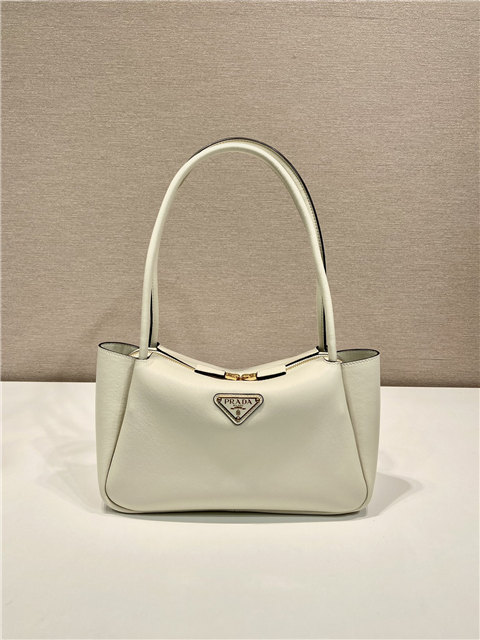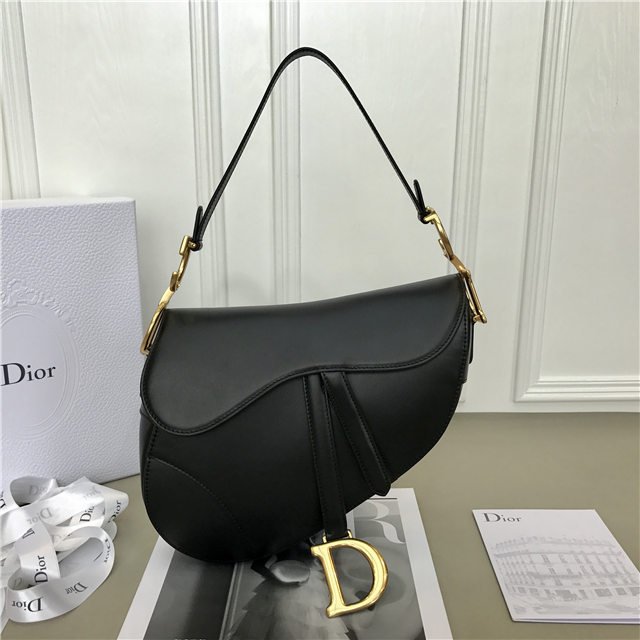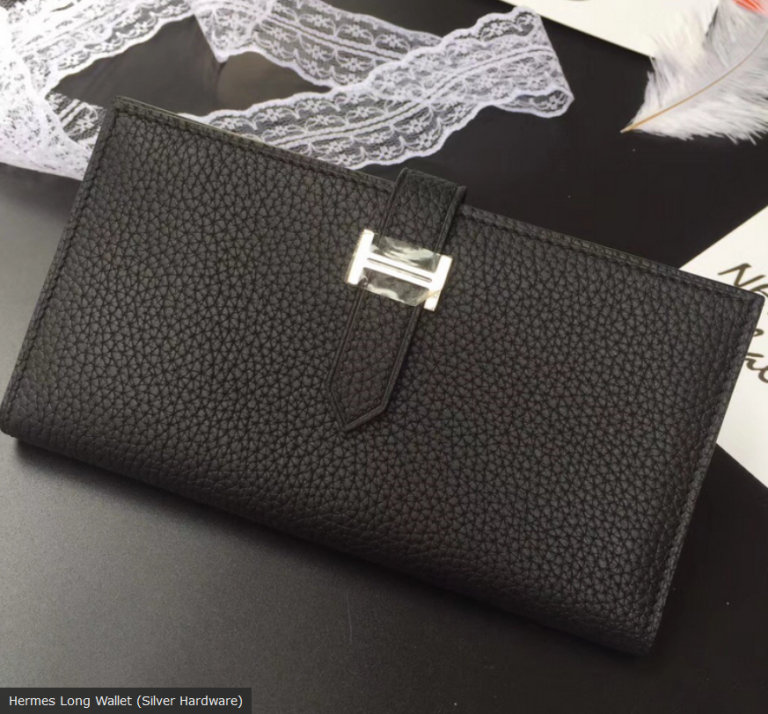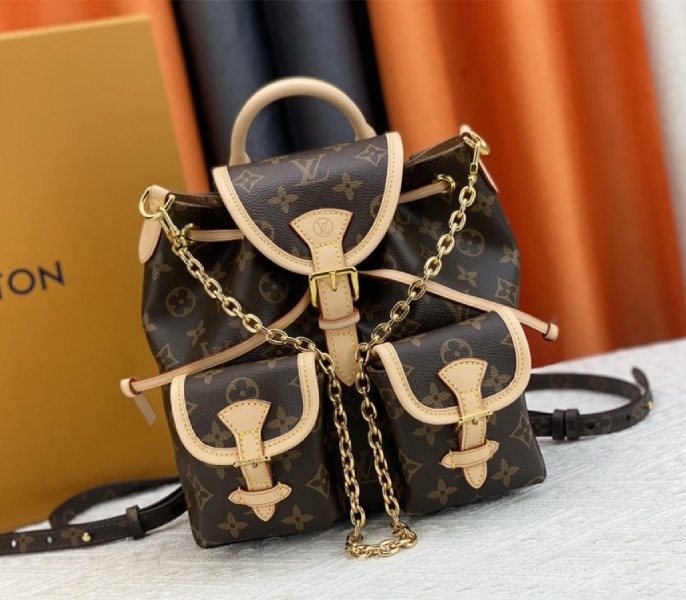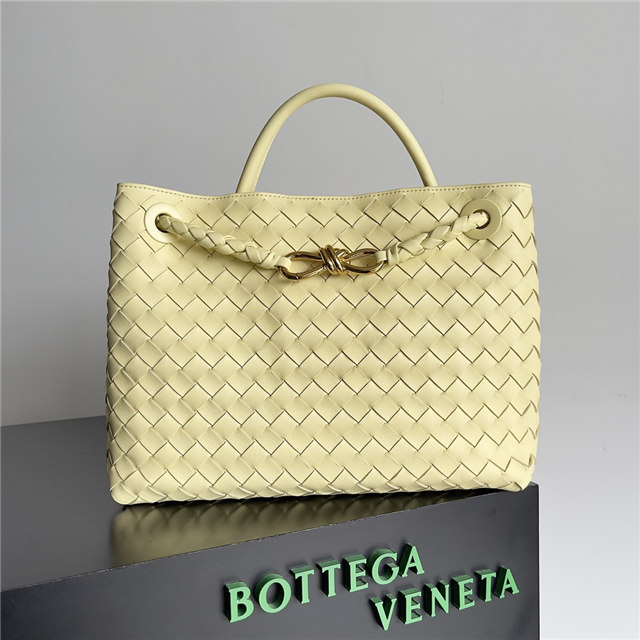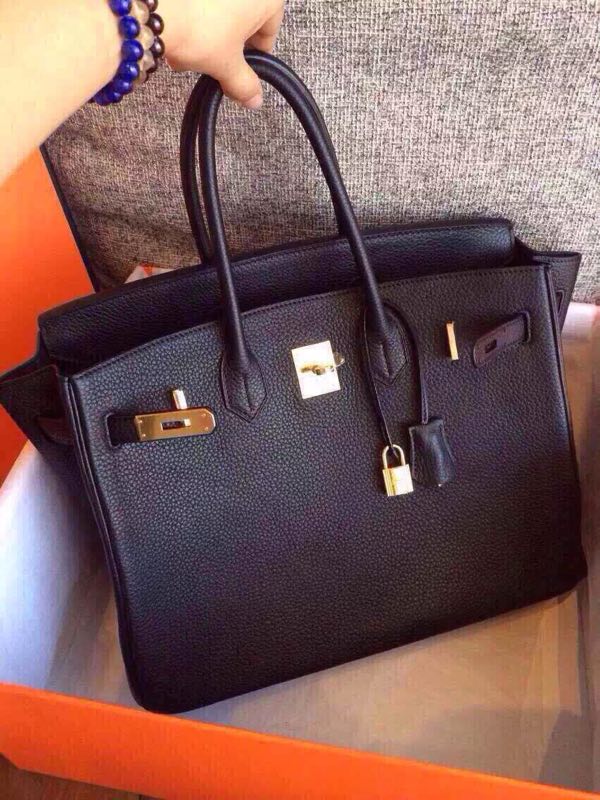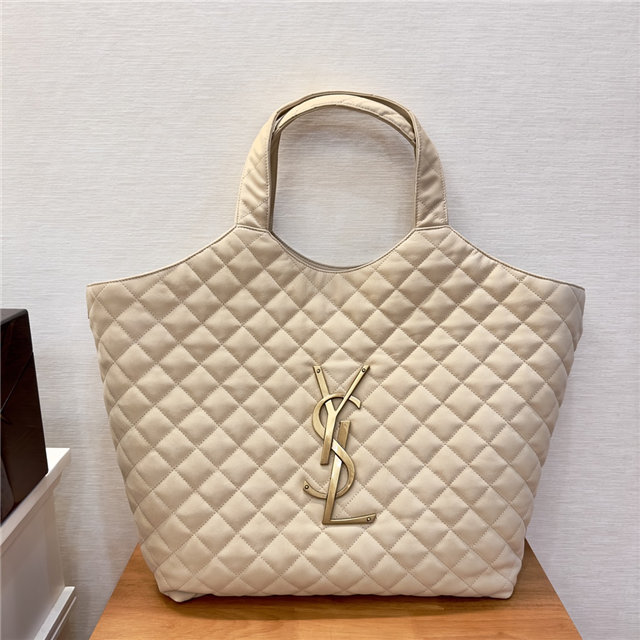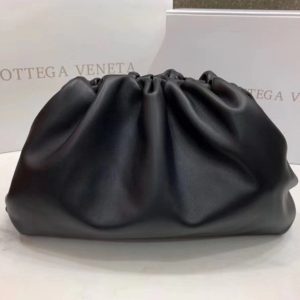So, first off, why is this even a problem? Well, Rolex, Patek Philippe (and like, Hermès too, apparently, though who’s really sweating over a *fake* Hermès watch, tbh?) are basically status symbols. Everyone wants to look like they’ve made it, you know? And fakers are capitalizing on that big time.
It’s getting *harder* to tell the difference, too. Like, these aren’t the days of obvious plastic knock-offs anymore. Some of these “super fakes,” as they’re being called, are pretty convincing. That’s why you gotta get your detective hat on.
One of the first things to do is, flip that bad boy over! Check the back. Real luxury watches use top-notch materials. They’re built to last and still look good even after years of wear. A fake might have some cheapy metal that’s already showing wear or damage. And speaking of the back, pay CLOSE attention to the engravings. Are they crisp? Are they lined up correctly? Are there any weird flaws or marks? If something looks off, like, even a little, that’s a red flag, big time.
And this is where I feel like people can get tripped up. I saw something about older Hermès (and even Rolex Explorer II ref. 16550 from 1986!) watches maybe seeming fake, and it’s like…yeah, older watches are different! They’re gonna show wear, and the manufacturing standards weren’t always the same back then. So don’t immediately freak out if your vintage find isn’t perfect.
But, like, also use common sense. If a deal seems too good to be true, it probably is. No one’s selling a real Rolex for pennies on the dollar. And while it’s not always possible, definitely “buy the seller,” as the saying goes. Do your research! If the seller’s got a sketchy reputation or is selling from a back alley… run.
You gotta be super observant. Like, microscope-level observant. Seriously. Look for anything that seems out of place, anything that doesn’t quite line up. I’m talkin’ flaws you wouldn’t even notice with your naked eye.


